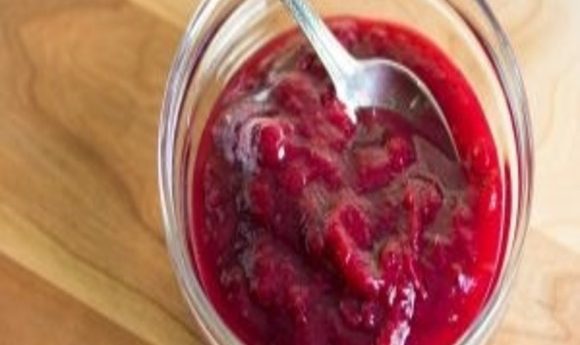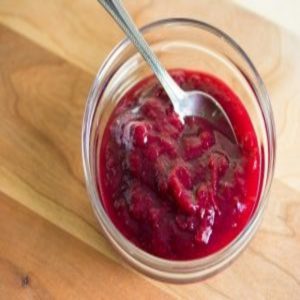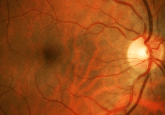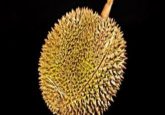Cranberry sauce and eyesight

Find out why you should pile on the cranberry sauce this Thanksgiving.

Credit: FoodCraftLab
The tradition of serving cranberry sauce as a Thanksgiving day relish is backed by numerous studies in food science. The crimson spheres offer antioxidants, help reduce waistlines, and even prevent urinary tract infections. Now, Chin-Kun Wang and his team from Chung Shan Medical University in Taiwan add another item to the list of cranberry benefits: they may protect against age-related eye degeneration.
Age-related macular degeneration (AMD) is a serious disease where vision loss results from damage to the epithelial cells of the retina over time, often resulting from chronic exposure to blue light, the component of visible light with the shortest wavelength and most energy.
To investigate whether cranberries might influence AMD, Wang’s group examined the viability of 19 retinal epithelial cell lines in response to damage from blue light exposure in the presence of concentrated cranberry extract. They found that the extract prevented death of the damaged retinal epithelial cells.
“Cranberries contain very rich polyphenols, flavonoids and proanthocyanidins with chemical structures that are specific—different from other berries,” said Wang. He decided to determine which compounds in the extract were responsible for the protective effects he and his colleagues saw in damaged retinal epithelial cells.
The team first separated the cranberry extract into fractions by gel filtration and high-performance liquid chromatography (HPLC). When they applied these fractions to cultured cells, they found that a fraction rich in tannins, polyphenols, and proanthocyanidins was most effective at protecting against cell death.
“We were very excited by the results because currently most commercial products to prevent AMD only mention the benefits of carotenoids. But our study—this is a new finding—adds the value of proanthocyanidins,” said Wang. He plans to further separate the fraction to identify the specific compound or group of compounds that may benefit AMD patients.





